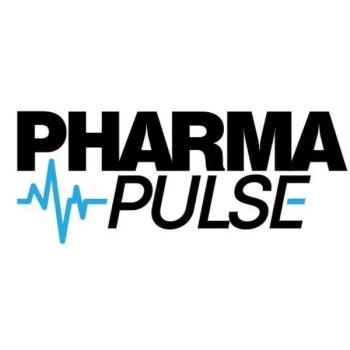
- Pharmaceutical Commerce - January/February 2009
Moving the Dial on Patient Adherence
There is a silent crisis in American healthcare: patients not taking the medicines prescribed to them. As more of modern healthcare moves to addressing chronic care—now estimated to constitute 75% of overall healthcare costs—the consequences of low adherence become more pronounced—and more expensive. A 2007 study from PricewaterhouseCoopers estimated the cost to healthcare at $100-$300 billion, and the value of lost pharmaceutical sales at $30 billion.
For many classes of chronic care, some 20% of prescriptions are never filled at all: “abandoned” prescriptions. And on average, adherence to a regimen drops to around 50% after six months. This is true not just for asymptomatic conditions like hypertension or high cholesterol, but also for very clear-cut therapies such as donor-organ transplants, HIV and other life-threatening conditions. Reportedly, one study showed that even 21% of healthcare professionals themselves did not take their prescribed meds.
The phenomenon has long been recognized, and it has some of the attention of all parties in healthcare: pharma manufacturers, pharmacies, healthcare providers, health plans and government. Comprehensive wellness programs always feature some effort to keep patients on their meds. Pharmacists now have incentives, from both the public and private sectors, to conduct medication therapy management counseling with patients. PBMs and health plans now routinely send reminder notices, or call patients directly, when refills are due.
The pharma industry has been a contributor to this effort, and there is now a growing sector of companies to provide adherence services on behalf of the industry. Brand managers paying attention to the overall position and take-up of a new med are looking at improvements in packaging and drug delivery.
The problem has been that these efforts across the healthcare spectrum are disjointed and uncoordinated. Except for some disease-management functions at providers, or client-service departments with major manufacturers, no one “owns” adherence.
With this report, Pharmaceutical Commerce is taking a more-comprehensive look at the adherence problem, in two of the areas most connected to the pharma industry: marketing services and product packaging, in the following dedicated reports. We expect to return to the topic annually to monitor its evolution.
[click on the titles below to continue the report]
Manufacturers have a growing number of service offerings to reach patients with adherence advice.
Contract packagers are mutiplying their product offerings to meet market and patient-safety concerns
Articles in this issue
over 16 years ago
Closing The Circle On Patient Adherenceover 16 years ago
3PLs Rise in Forward-Thinking Supply Chain Modelsover 16 years ago
A Pitched Battle in Cardiovascular Drug Marketingover 16 years ago
Wyeth Loses Supreme Court Case Over 'Implied' Pre-Emptionover 16 years ago
Syringe Design Gets a Makeoverover 16 years ago
Refinements in Cold Chain Secondary Packagingover 16 years ago
Inmar Rebrands Reverse-Logistics and Related Business Unitsover 16 years ago
The Packaging Contribution to Patient Adherenceover 16 years ago
FDA to Require REMS of Opioid-Based DrugsNewsletter
Stay ahead in the life sciences industry with Pharmaceutical Commerce, the latest news, trends, and strategies in drug distribution, commercialization, and market access.




